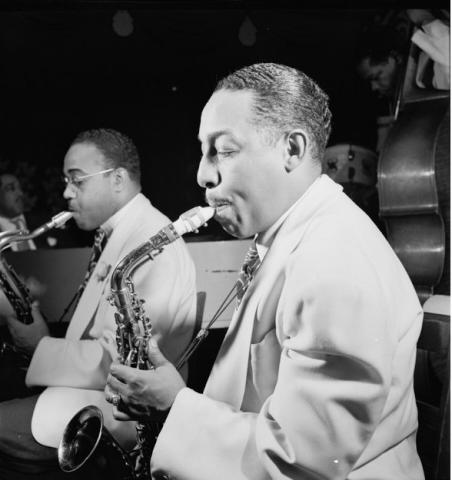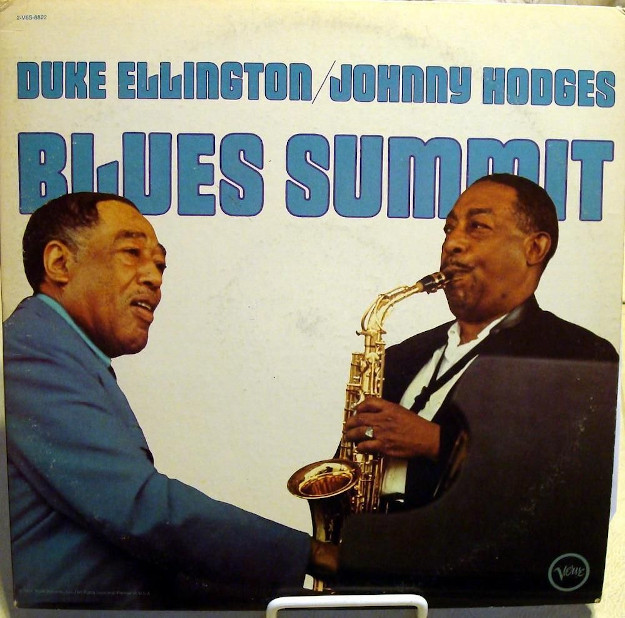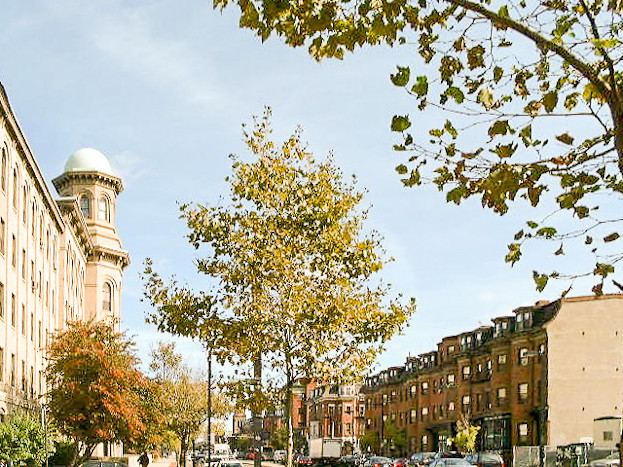How Johnny Hodges Shaped Boston’s Jazz Legacy

In the jazz world, even a city like Boston with all its historic gravitas is considered small-time when compared to hubs such as New Orleans and New York. So when musicians who shape the future of the genre emerge from this New England “town,” their big-city successes soon eclipse the Boston heritage at their root.
Such is the case of Johnny Hodges, one of the greatest jazzmen of all time. Considered to be among the top two or three practitioners of the saxophone when he was alive, Boston-bred Cornelius “Johnny” Hodges—ultimately became a hybrid of New Orleans and New York.
In the process, Boston’s place as an important early contributor to jazz was to a large extent forgotten—like Hodges himself.

Hodges, whose family moved from Cambridge, Massachusetts, to Boston when he was young, was a wunderkind on the sax, sneaking into hotels to jam with grownups when he was still in knickers, knee-length short pants that boys then wore until they grew to full stature. The South End neighborhood he grew up in became known as the “Saxophonists Ghetto” because of the number of practitioners of the instrument who lived there.
Charlie Holmes, a younger neighbor in the Saxophonists Ghetto who was inspired to take up the alto by Hodges’ example, said, "I’d never heard a saxophone, but Johnny’s name just spread all over town."
Johnny played “tea dances” -- Sunday gigs where, despite the genteel air suggested by their name, one could buy a drink other than tea. In those innocent days, he needed both a city permit and a guardian along to do so.
In the 1920s, Boston had a lively downtown entertainment scene centered around Scollay Square, the area that was cleared away by urban renewal to make Government Center. The district was the original “Combat Zone,” so named because of the soldiers and sailors on leave who flocked to its burlesque shows. It was there that Hodges met Sidney Bechet, the pioneering soprano saxophone from New Orleans, whom he had heard from afar through the new technological miracle of the phonograph. Bechet asked Hodges to play something for him, and pronounced himself pleased with the neophyte’s effort.

While Boston isn’t typically associated with jazz, it lent its name to one aspect of the music that is now considered characteristic; to “take a Boston” meant to solo, but this usage is now so rare, it is absent even from the jazz glossary compiled by the Berklee College of Music. This is perhaps a reflection of the larger role that other cities—particularly New York—began to play in the music’s development.
Hodges began to travel outside of the Boston area, first to summer resorts when school was out, then to New York, where he made a name for himself playing at all-night “cutting contests,” jam sessions after a nightclub’s regular show was over, and at dancing schools that had plenty of dancers but no instructors—the early 20th-century equivalent of today’s dating apps.
Eventually, he left for the money and the opportunities in New York. In the City That Never Sleeps, bars could serve liquor until 4 in the morning, while last call in Boston was a puritanical 11 p.m. With so many more hours in the day to play, it is no wonder that New York pulled jazz musicians away from Boston like an outgoing riptide.

After stints with Bechet, Chick Webb, Willie “The Lion” Smith and others, at the age of 20, Hodges was hired by Duke Ellington, with whom he would be associated for the rest of his life. While Ellington may not be considered cutting-edge today, viewed with the perspective that time provides, his orchestra represented a unique moment in our history: Original symphonic music of classical caliber was being written by living musicians and danced to by ordinary people. We had our Mozart, and he was playing in night clubs.
Like other American cultural products that go on to acceptance around the world, many listeners didn’t appreciate what they heard when they encountered Ellington in these less-refined settings. “People were dancing or having a drink,” recalled former New England Conservatory President Gunther Schuller of his first exposure to Ellington. “I stood there riveted, thunderstruck, mesmerized by the beautiful sounds.”
As the 50th anniversary of Hodges’ death approaches, it is time for a reassessment of his place—and Boston’s—in American musical history. Ellington had high artistic aspirations, but Hodges kept him grounded in the blues that he learned by listening to records of the New Orleans masters, Bechet and Louis Armstrong. He took their inspiration and created a style of his own in their tradition, so much so that when he died, the U.P.I. press syndicate reported that he “was a member of the ‘old school’ of New Orleans jazz musicians.”
And he did it all without traveling any further south than Boston’s South End.
Author Bio:
Con Chapman is the author of Rabbit’s Blues: The Life and Music of Johnny Hodges (Oxford University Press). Chapman’s work has appeared in The Atlantic, The Boston Globe, and The Christian Science Monitor, and his writings on jazz have appeared in The American Bystander, The Boston Herald and Brilliant Corners. He is the author of two novels, 32 stage plays, 50 books of humor, and The Year of the Gerbil, a history of the 1978 Red Sox-Yankees pennant race.
---For more information about Rabbit’s Blues: The Life and Music of Johnny Hodges, visit Amazon.com
Image Sources:
--Oxford University Press
--William P. Gottlieb, 1946 (Wikipedia – Creative Commons)
--Dale Cruse (Flickr – Creative Commons)





























































































































































































































































































































